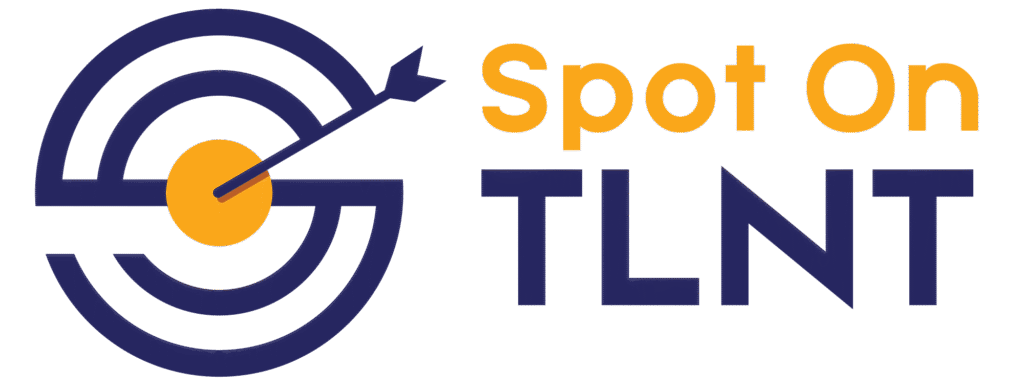Harnessing Nearshore Talent: Your Guide to Smooth Integration
If you’ve ever felt like hiring the right talent is a never-ending quest, you’re not alone. Imagine boosting your team with skilled professionals who understand cultural nuances and work alongside you in real-time. That’s the power of nearshore talent from LATAM. In this guide, you’ll uncover practical steps to seamlessly integrate these valuable team members, ensuring your startup or mid-sized business thrives with cultural alignment and operational success. Ready to tap into this rich talent pool? Let’s dive in.
Understanding Nearshore Talent

Nearshore talent offers a unique advantage for businesses seeking skilled professionals in nearby regions. By tapping into the workforce from LATAM, startups and small to mid-sized businesses can benefit from cultural alignment and real-time collaboration.
Benefits of LATAM Hiring
Hiring from LATAM presents numerous perks. First, there’s the geographic proximity. Being in similar time zones allows for better real-time communication.
Second, the cost-effectiveness of LATAM hiring is a significant draw. Salaries and operational costs tend to be lower compared to the U.S., offering financial flexibility.
Third, there’s a vast pool of skilled professionals. LATAM countries have a strong emphasis on education, especially in tech and business sectors.
Finally, the cultural affinity is an advantage. Many LATAM professionals are familiar with U.S. culture, ensuring smoother interactions and a shared understanding of business nuances. For more on this, check Scalors insights.
Cultural Alignment Advantages
Cultural alignment is crucial for successful team integration. Shared values and understanding lead to better collaboration and fewer misunderstandings.
LATAM professionals often have exposure to U.S. culture through media, education, and business. This exposure fosters a natural rapport.
Communication styles in LATAM are often direct, similar to U.S. business practices, which aids in setting clear expectations and feedback loops.
Engaging with a culturally aligned team reduces the friction often experienced in international collaborations. It fosters a sense of belonging and commitment, vital for long-term success. For more on this topic, see Zilker Partners.
Best Practices for Integration

Integrating nearshore talent requires thoughtful strategies to harness their full potential. Building remote team connections and ensuring operational success are key components to consider.
Building Remote Team Connections
Connection is vital in remote teams. First, establish clear communication channels using tools like Slack or Microsoft Teams.
Second, regular virtual meetings are essential. They help in building rapport and understanding team dynamics.
Third, encourage informal interactions. Virtual coffee breaks or team-building activities can foster a sense of camaraderie.
Finally, provide cultural sensitivity training. It helps bridge minor cultural differences and enhances mutual respect. For a detailed guide, check SouthTeams.
Ensuring Operational Success
For operational success, establish a robust framework from the outset. First, define roles and responsibilities clearly. It minimizes overlap and confusion.
Second, implement performance metrics. Regular evaluations ensure team members are aligned with business objectives.
Third, invest in the right technology. Ensure everyone has access to the necessary tools and software to perform their roles effectively.
Fourth, create a feedback loop. Encourage team members to share their experiences and suggest improvements. For best practices, refer to Nearshore Business Solutions.
Flexible Staffing Solutions

Flexible staffing solutions are essential for businesses adapting to ever-changing needs. They offer the adaptability required in a dynamic business environment.
Month-to-Month Flexibility
Month-to-month flexibility offers significant benefits. First, it allows businesses to scale teams up or down quickly based on project needs.
Second, there’s no long-term commitment. This flexibility can be a financial boon, freeing up resources for other critical areas.
Third, it fosters an environment of adaptability. Teams can adjust to new challenges without being constrained by rigid contracts.
Finally, it ensures access to a broad talent pool. Businesses can quickly onboard or offboard talent as needed. For more insights, visit Scalors.
Managing Payroll and Onboarding
Managing payroll and onboarding efficiently is vital for seamless integration. First, choose a reliable payroll provider familiar with local regulations to avoid compliance issues.
Second, streamline the onboarding process. Simplify paperwork and provide clear instructions and expectations.
Third, offer ongoing support. Regular check-ins can help new team members adjust and feel valued.
Fourth, use technology to automate processes. It can save time and reduce errors, ensuring smooth operations. For more guidance, explore SouthTeams.

